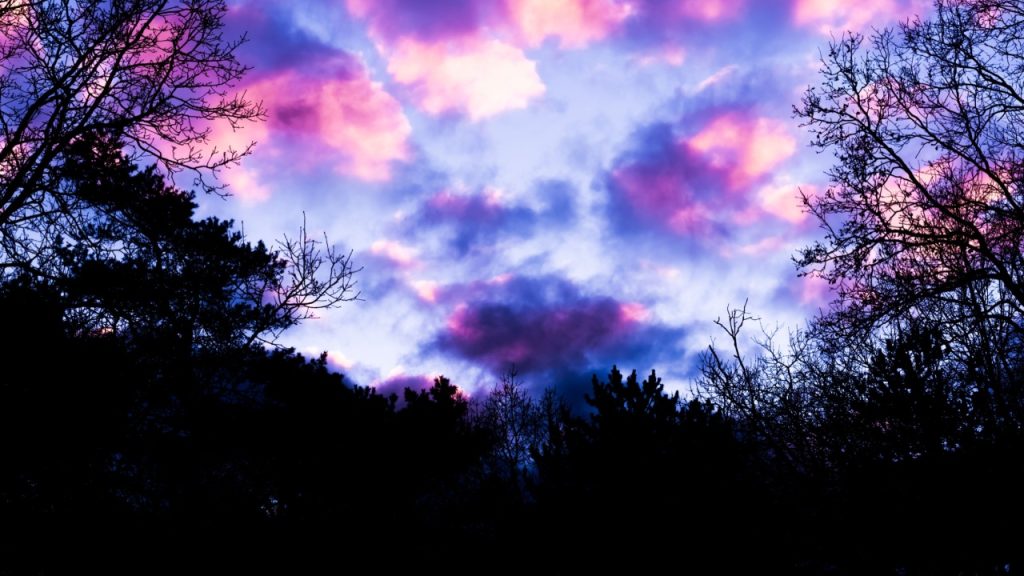Nature never ceases to amaze us with its incredible wonders. While we’re familiar with rainbows and northern lights, our planet hides many more unusual spectacles. From underwater circles to glowing waves, Earth is full of strange and beautiful sights that seem almost magical. These rare phenomena challenge our understanding of the world and remind us how much we still have to learn. Get ready to discover some of the most bizarre natural occurrences that will leave you in awe of our planet’s mysteries.
Brinicles
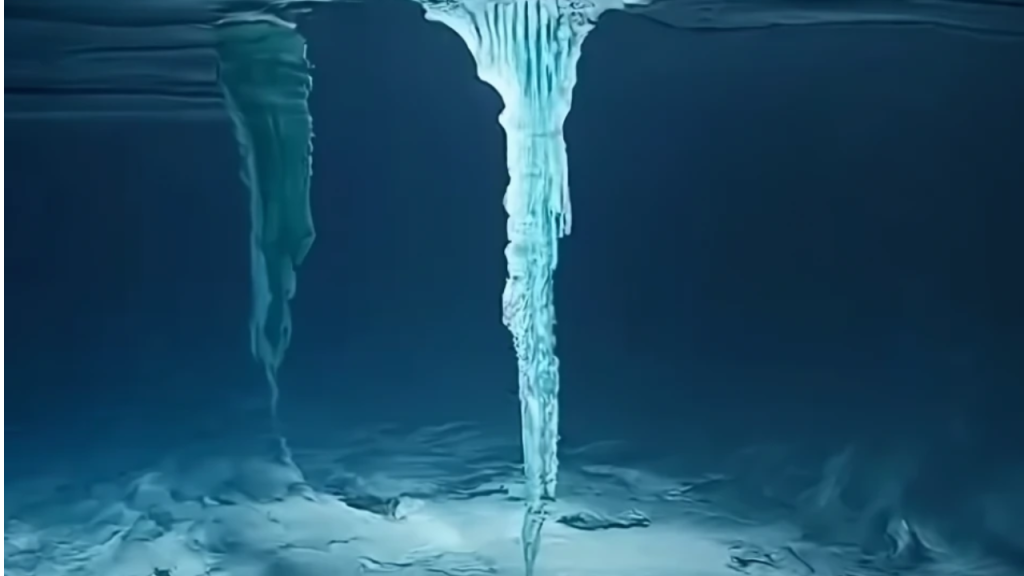
Imagine icy fingers of death reaching down from the surface of frozen seas. That’s what brinicles look like underwater. These strange ice formations happen when super-cold brine leaks from sea ice and freezes the less salty water around it. Brinicles can form rapidly, creating a frosty death trap for slow-moving sea creatures unlucky enough to be in their path.
Sailing Stones
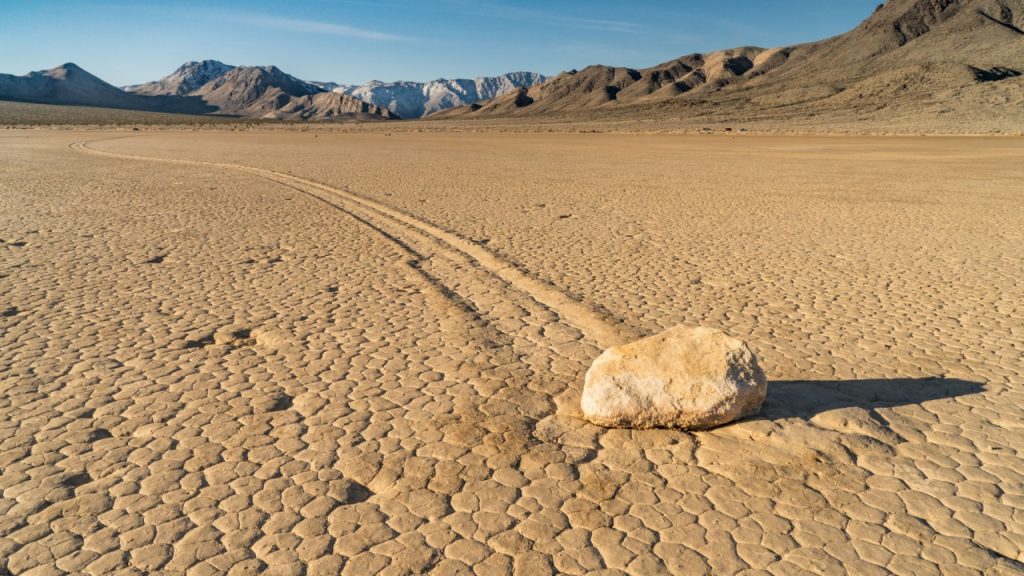
In Death Valley, California, rocks seem to move on their own, leaving long trails behind them. This puzzling phenomenon happens in a dry lakebed called the Racetrack Playa. Scientists have discovered that thin sheets of ice form on rare rainy nights, allowing winds to push the rocks across the slippery surface. The result is a mysterious landscape of wandering boulders.
Volcanic Lightning
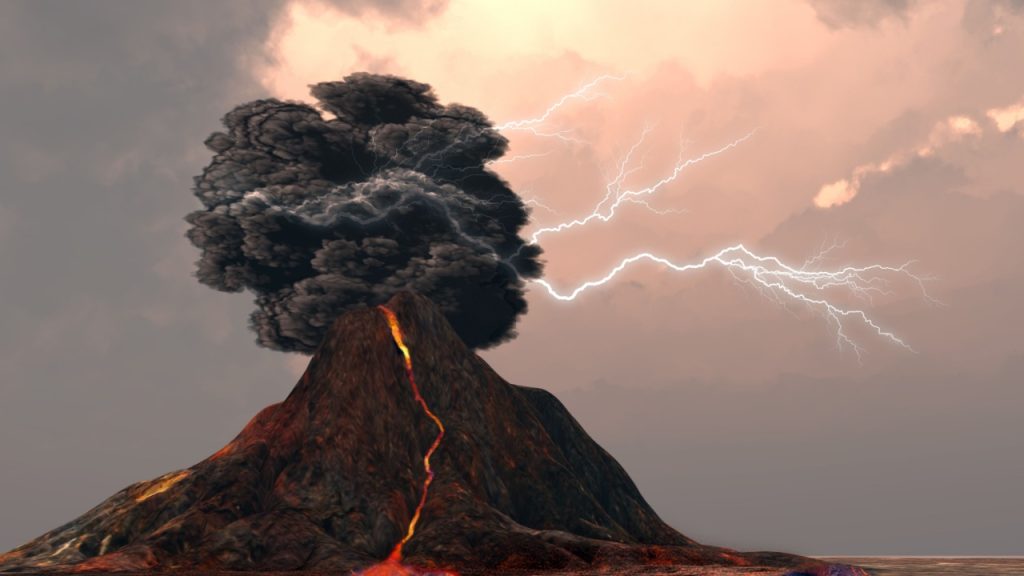
When volcanoes erupt, they sometimes create their own lightning storms. This spectacular display happens when ash particles in the volcanic plume collide and generate static electricity. The result is a terrifying yet beautiful show of nature’s power, with bolts of lightning crackling through clouds of ash and smoke.
Bioluminescent Waves
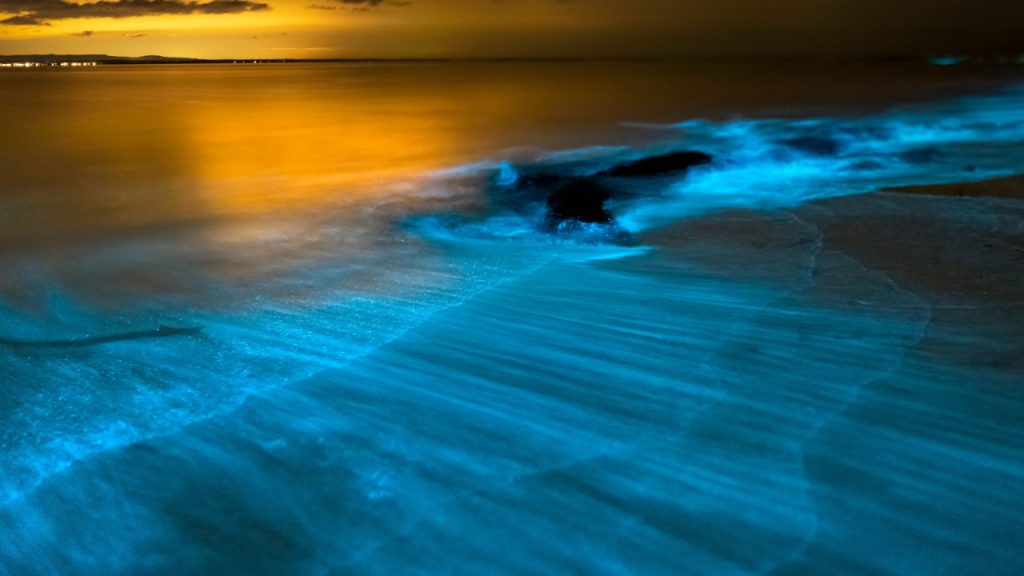
Some beaches around the world glow in the dark with a blue light. This magical effect is caused by tiny organisms called dinoflagellates. When disturbed by waves or movement, these microscopic creatures produce light as a defense mechanism. The result is waves that seem to glow from within, creating a surreal and beautiful nighttime display.
Frost Flowers
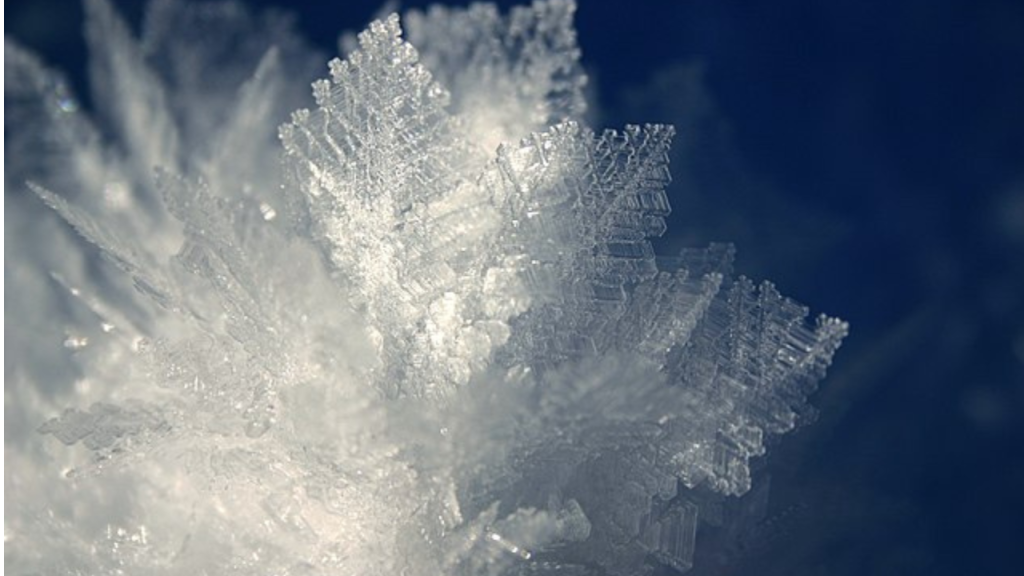
In very cold conditions, delicate ice structures called frost flowers can form on plants and frozen surfaces. These intricate formations happen when sap in plant stems freezes and expands, pushing out through cracks in the bark. The result is a field of beautiful ice “petals” that look too delicate to be real.
Lenticular Clouds
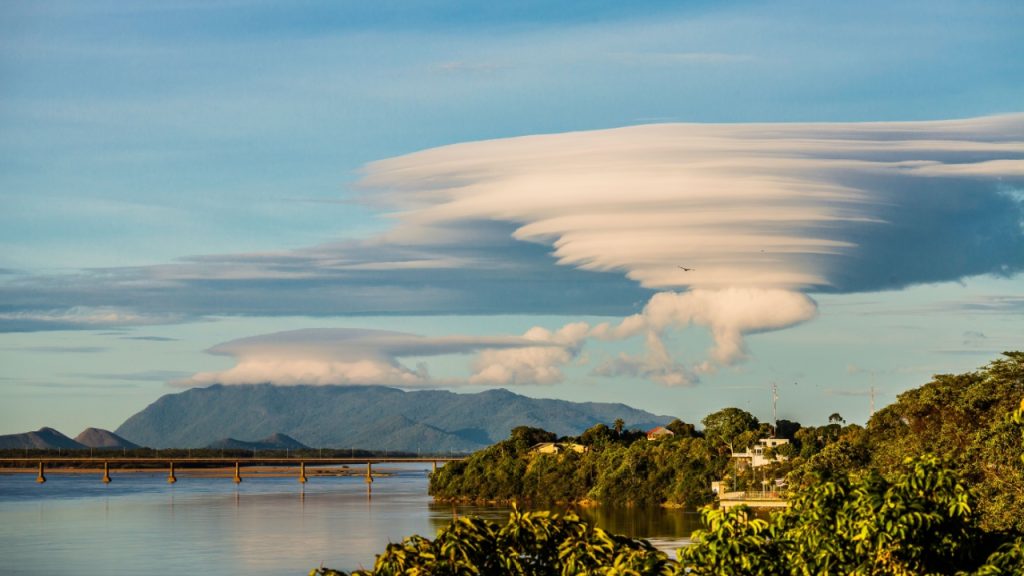
These lens-shaped clouds often form near mountains and look like alien spaceships. Lenticular clouds happen when moist air flows over a mountain or hill, creating a series of standing waves in the air. Under the right conditions, these waves form clouds that remain stationary even in strong winds, creating an eerie, otherworldly sight.
Blood Falls
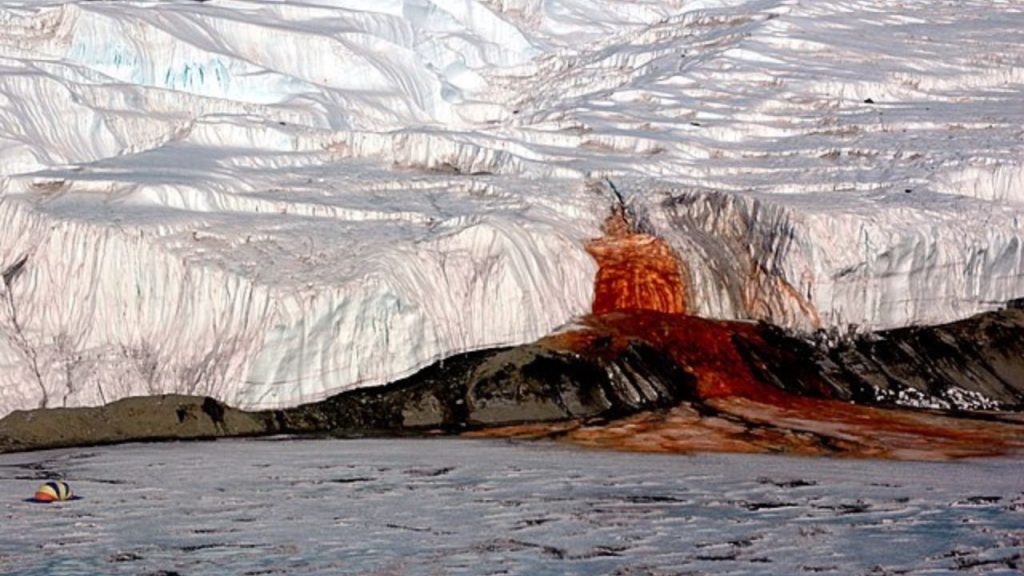
In Antarctica, a bright red waterfall pours out from the Taylor Glacier. This startling sight, known as Blood Falls, gets its color from iron-rich saltwater trapped under the glacier for millions of years. When the water reaches the air, the iron oxidizes, turning the falls a vivid red color that stands out starkly against the white ice and snow.
Pele’s Hair
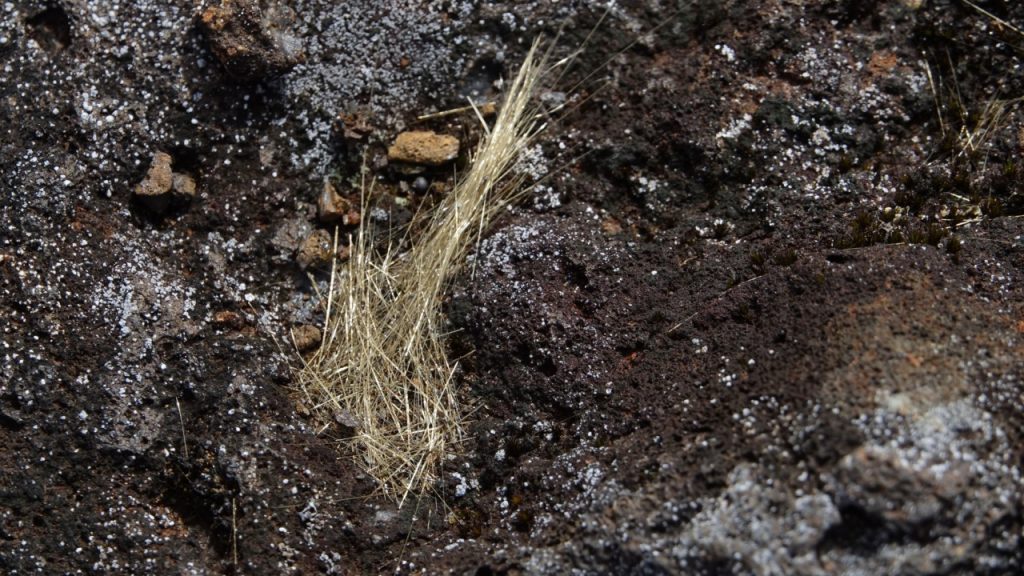
Named after the Hawaiian goddess of volcanoes, Pele’s Hair is a strange form of lava. When lava is ejected into the air and cools quickly, it can form thin, glass-like strands that look like golden hair. These delicate fibers can be carried by the wind, sometimes forming golden carpets on the ground around volcanoes.
Nacreous Clouds
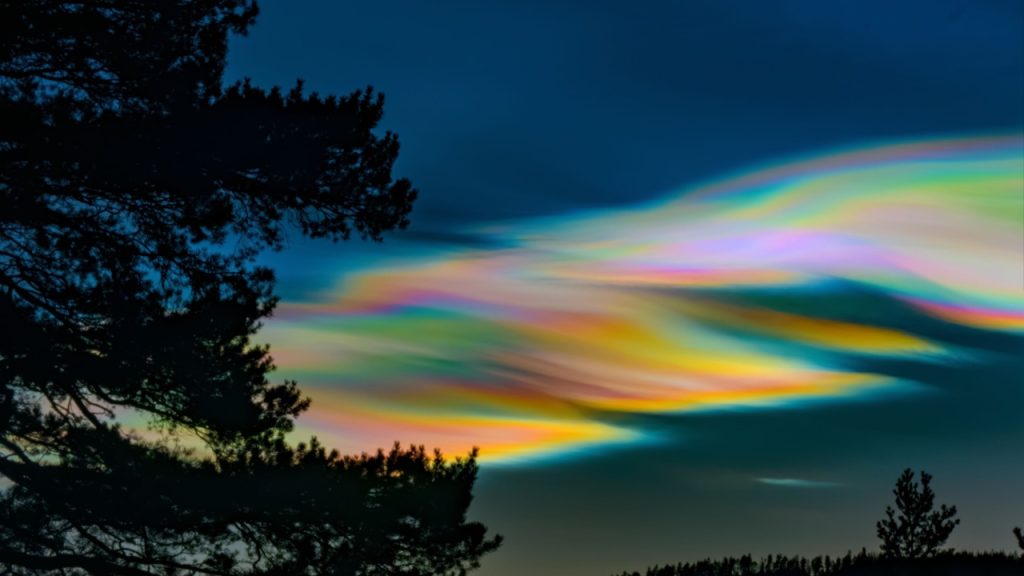
Also known as mother-of-pearl clouds, nacreous clouds form in the stratosphere and glow with beautiful, iridescent colors. These rare clouds are visible mainly in polar regions during winter. Their striking appearance comes from sunlight diffracting through tiny ice crystals in the clouds, creating a rainbow-like effect.
Light Pillars
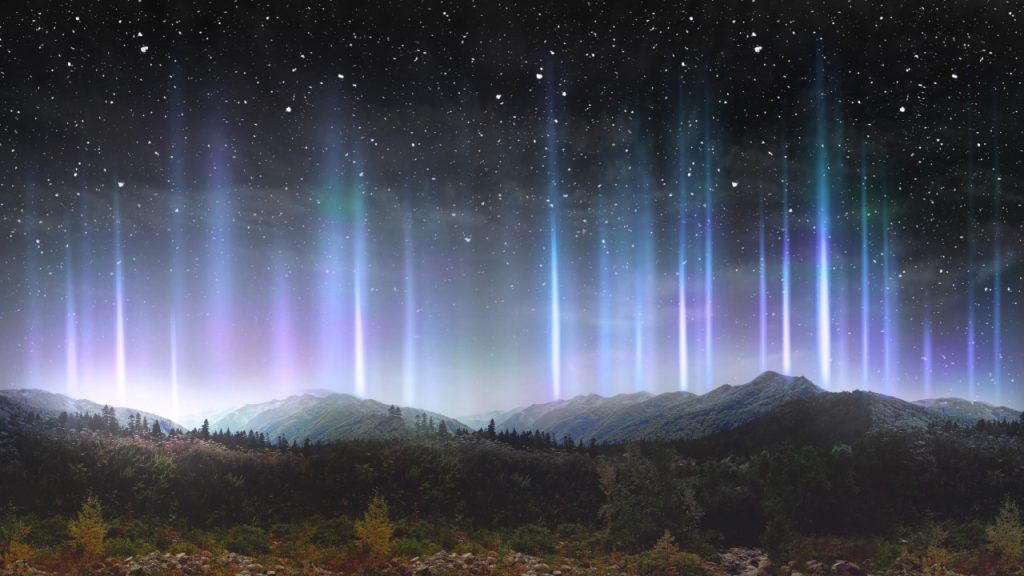
In very cold places, columns of light sometimes appear to shoot up from the ground or hang down from the sky. These light pillars are an optical illusion caused by light reflecting off ice crystals floating in the air. The result is a stunning display that looks like beams from an otherworldly spotlight.
Square Waves
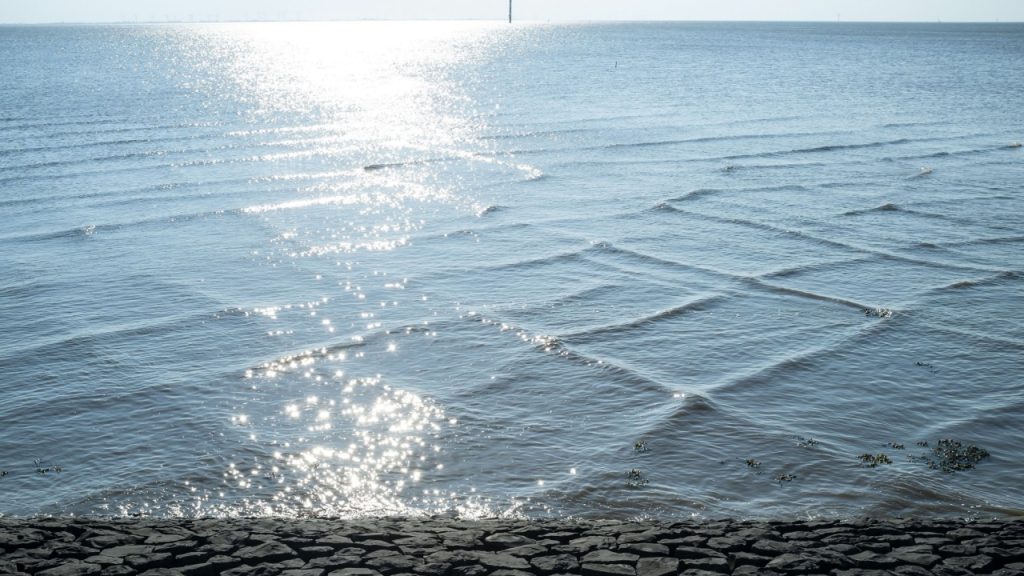
Off the coast of France, a rare and dangerous phenomenon called square waves sometimes occurs. These crisscrossing wave patterns happen when two sets of waves intersect at right angles. While they might look interesting from above, square waves create powerful and unpredictable currents that can be extremely dangerous for swimmers and boats.
Moonbows
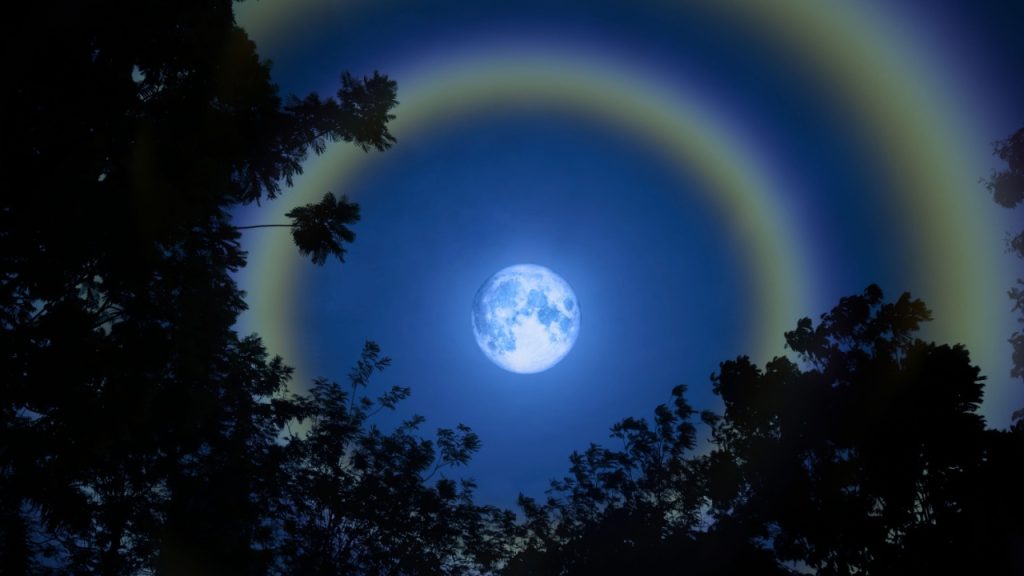
Just like rainbows, but rarer and at night, moonbows are caused by moonlight refracting through water droplets in the air. These nocturnal rainbows are much fainter than their daytime cousins and often appear white to the naked eye, though cameras can capture their colors. They’re a rare and magical sight for night sky watchers.
Fire Whirls
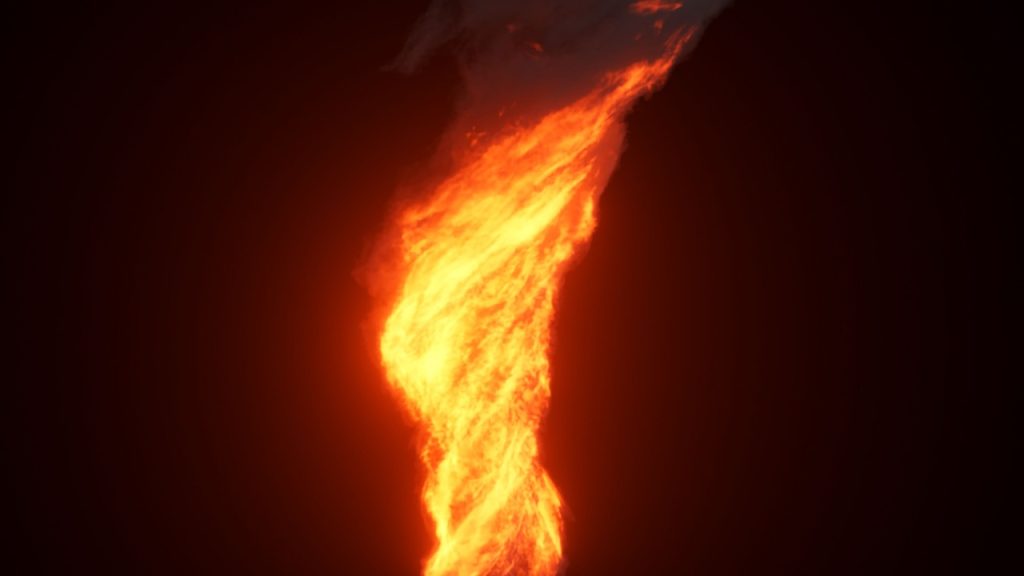
Sometimes called fire tornadoes, fire whirls are spinning vortexes of flame. They can form during wildfires or intense fires when hot air rises rapidly, creating a swirling updraft. These terrifying phenomena can fling burning debris into the air, spreading fires quickly and unpredictably.
Catatumbo Lightning
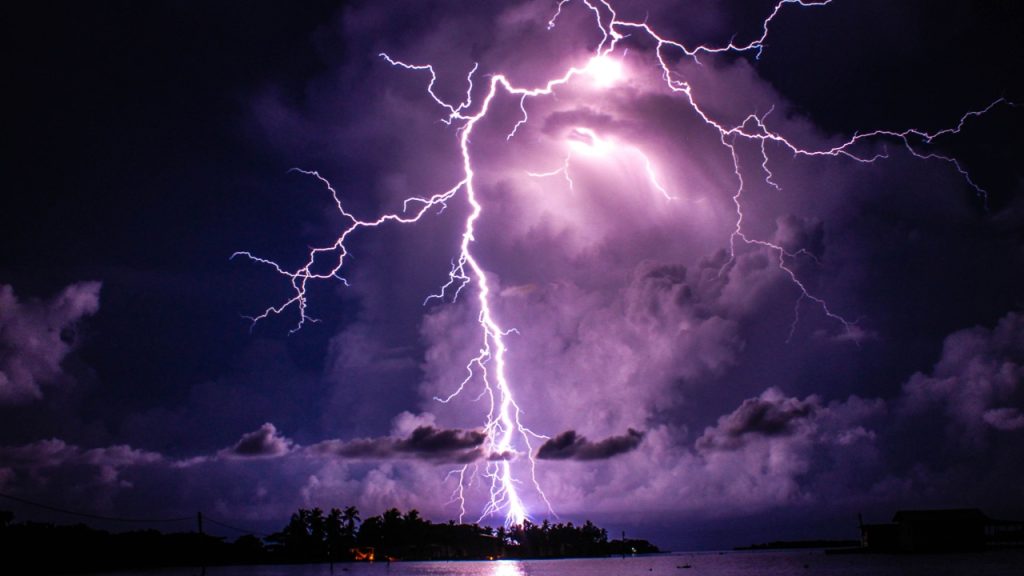
In Venezuela, a very special kind of lightning storm happens almost every night for about half the year. The Catatumbo lightning occurs over Lake Maracaibo, with storms that can last for hours. This unique weather phenomenon produces thousands of lightning strikes per night, creating a natural light show visible from miles away.
Penitentes
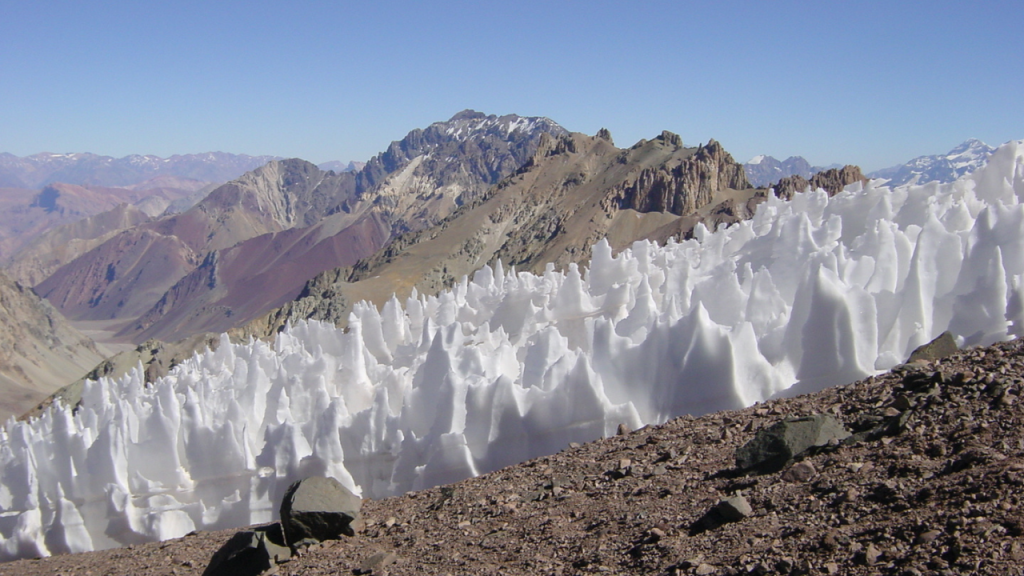
In high, dry mountain areas, fields of tall, thin ice spikes called penitentes can form. These strange ice formations are created when sunlight causes uneven melting and sublimation of snow. Over time, this process carves the snow into tall, pointed structures that can reach several meters high, creating an otherworldly landscape of ice spires.
Katy Willis is a writer, master herbalist, master gardener, and certified canine nutritionist who has been writing since 2002. She’s finds joy in learning new and interesting things, and finds history, science, and nature endlessly fascinating.
